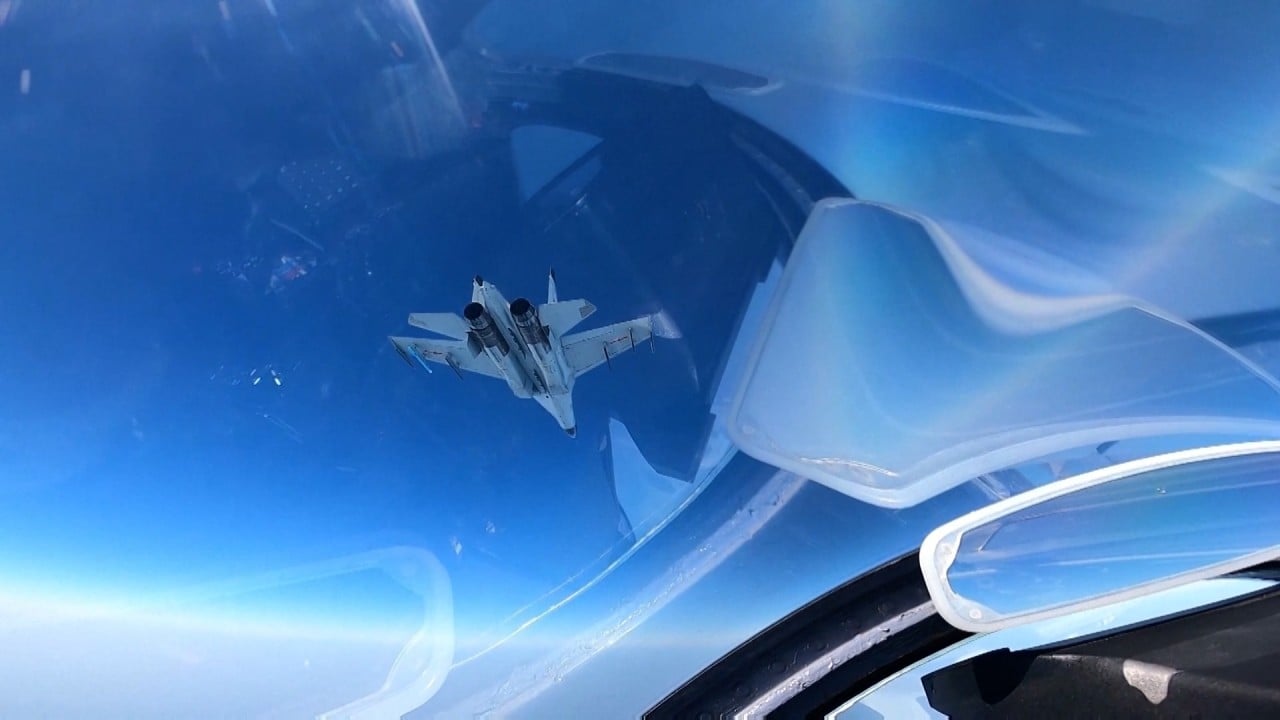
Chinese scientists eye hypersonic weapon able to ‘fry’ telecoms systems in 10 seconds
- Travelling at six times the speed of sound, evading radars along the way, the proposed weapon would be able to strike targets 3,000km away
- Intense electromagnetic pulse or microwaves produced upon explosion would be able to ‘burn out’ key electronic devices within a 2km range
Defeat an army without a fight and without casualties? Quite possible, if a new type of hypersonic weapon proposed by a team of rocket scientists in China becomes reality.
Designed to generate intense electromagnetic pulse capable of wiping out communication and power supply lines, the weapon would have a range of 3,000km – about the distance from China’s east coast to Guam. Cruising at six times the speed of sound, it would cover this distance in 25 minutes.
And when the weapon explodes over the target area, no lives would be at risk. Rather, the strong electromagnetic waves produced would “cause the effective burnout of key electronic devices in the target information network within a range of 2km,” engineering scientist Sun Zheng and his co-researchers at the China Academy said in a paper published this month, in a domestic journal titled Tactical Missile Technology.
Did China just bring down an unmanned plane with an electromagnetic weapon?
Early EMP weapons required a nuclear warhead to generate the pulse energy, and this restricted their applications, whereas the hypersonic EMP weapon would use chemical explosives instead, Sun’s team said.
The chemical explosion would compress an electrically charged magnet known as a “flux compression generator”, which would convert the shock energy to short but extremely powerful bursts of microwaves.
A non-nuclear EMP bomb is known to be heavy and bulky because it needs to carry a large quantity of batteries to store enough electricity to trigger the explosion. This kind of bomb is usually airdropped from a plane.
However, that plan was not implemented, in part due to fears that North Korea would be able to detect the incoming missile and launch a retaliatory strike, possibly nuclear.
China to debut J-16D at air show, signalling electromagnetic warfare prowess
Sun and his co-researchers say a major advantage of their new weapon is that the enemy would not know it was on the way.
When an object travels through the air at hypervelocity, air molecules are ionised by the heat and form a thin layer of plasma over the object’s surface. The plasma cloak can absorb radar signals, but not all.
To achieve all-around stealthiness, the weapon designed by Sun’s team would convert the environmental heat (usually at temperatures above 1,000 degrees Celsius) to electricity, and use that electricity to power numerous plasma generators located in different areas of the body of the missile.
A Nanjing-based hypersonic researcher not involved in the project said the idea was feasible, because heat conversion and plasma generation technology is already in use in drag reduction or flight control for hypersonic flights, according to openly available information.

01:37
China’s PLA conducts air force drills after US warships sail in contested South China Sea
To achieve the light weight necessary for hypersonic speed, the weapon would not carry any battery, according to the team of researchers.
Instead, it would use super-capacitors with a power density 20 times that of batteries. These capacitors would be charged on the fly, using energy from the heat-to-electricity generator.
“It can release 95 per cent of the energy in just 10 seconds, suitable for instantaneous discharge to cause electromagnetic pulse damage,” the team wrote.
“The active stealth electromagnetic pulse weapon based on energy regeneration conforms to the current development trend of rapid warfare, strong confrontation, and full-dimensional information damage,” they said.
The weapon is still at the conceptual stage. However, the researchers are confident that, “with the continuous emergence of test equipment and technology, it will play a fundamental role” in China’s next-generation weapon systems.

